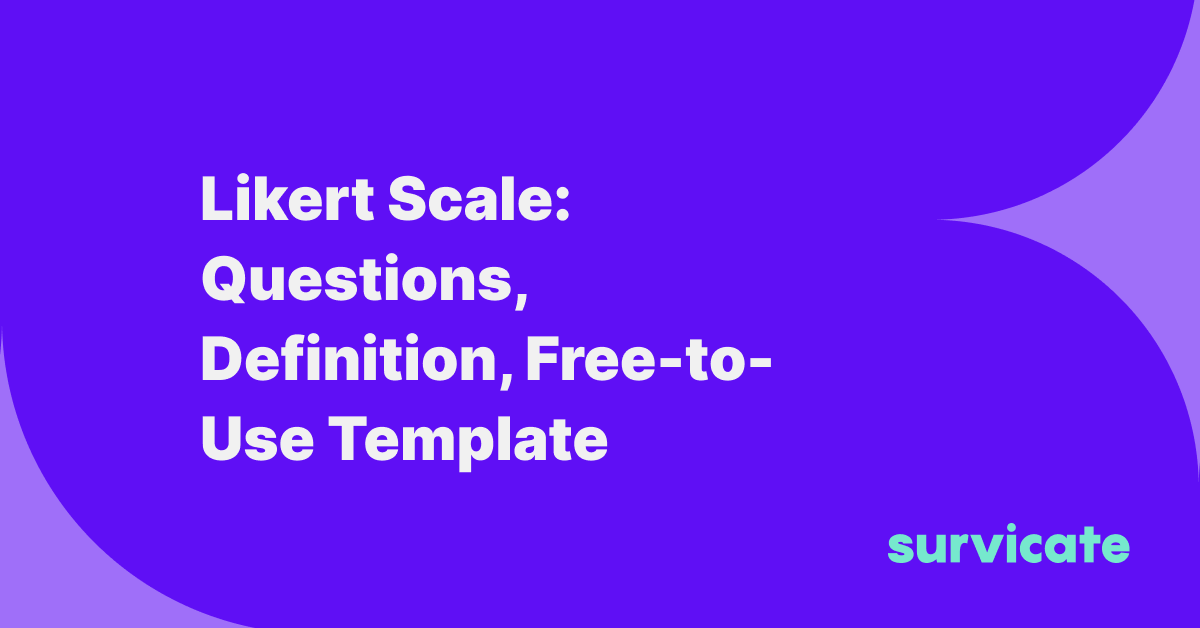The worst thing you can do in online marketing is rely on guesswork and estimations. Reliable data backs up the best business decisions. And how do you get that information? You ask your customers.
Surveys and questionnaires can be powerful aids for any company interested in knowing their audience better and improving their product or service.
The terms “poll,” “survey,” and “questionnaire” are often used interchangeably. However, they are not the same thing. This guide will explain how these terms differ and let you in on some tips on designing great polls, surveys, and questionnaires.
The Difference Between a Survey and Questionnaire
A questionnaire is a set of questions that can be directed to an individual.
A survey is a broader term that encompasses collecting, analyzing, and interpreting data from many people.
A questionnaire can be a part of a survey. But not the other way around. A survey collects a larger amount of data that backs up business or marketing decisions.
What is a Questionnaire?
A questionnaire is a series of questions that collect big-picture information. The questions can have many different types, such as
- open-ended questions
- yes or no questions
- multiple-choice questions
For example, a medical office asks a series of questions. The respondent’s answers help the physician gain insight into health status, potential risks, lifestyle, and environmental habits that generally affect their health.
The questionnaire data collected from many respondents can be summed up and become part of a survey. You would need a considerable amount of responses for statistics to be measurable.
Popular Use Cases of Questionnaires
Questionnaires themselves are beneficial for reasons like
- building an email list,
- acquiring details for payment processing,
- job interviews,
- Etc.
What is a Survey?
A survey is an overall view or examination of a person, group, or object. It’s used for gathering and analyzing statistical data and qualitative feedback.
Survey questions are generally closed-ended rather than free form, focused on a specific group of people, and gather information or opinions about a particular topic.
The classic example of when to use a survey is obtaining customer feedback directly after an experience.
Popular Use Cases of Surveys
In SaaS business, surveys are often used to gather customer satisfaction information.
You will get valuable survey data by sending a CSAT or NPS survey at regular intervals to determine how satisfied your customers are with your services, products, or brand.
Such surveys can point out your shortcomings, issues, and positive aspects of your business, depending on the goal of the survey.
When customers see their opinion matters, they will feel valued, and customer loyalty will be strengthened. Also, if you experience customer churn, a survey can help you discover reasons for leaving.
This valuable data can then help prevent additional customers from leaving for the same reasons.
Survey vs. Questionnaire vs. Poll
A poll, on the other hand, is kind of like a quick survey with one question. It is used to gather information on a single topic without any contextual information.
A poll is often used just before elections to get statistical data on candidates’ chances. Taking a poll should be a single-click action. Poll results are often displayed in real-time to the responder.
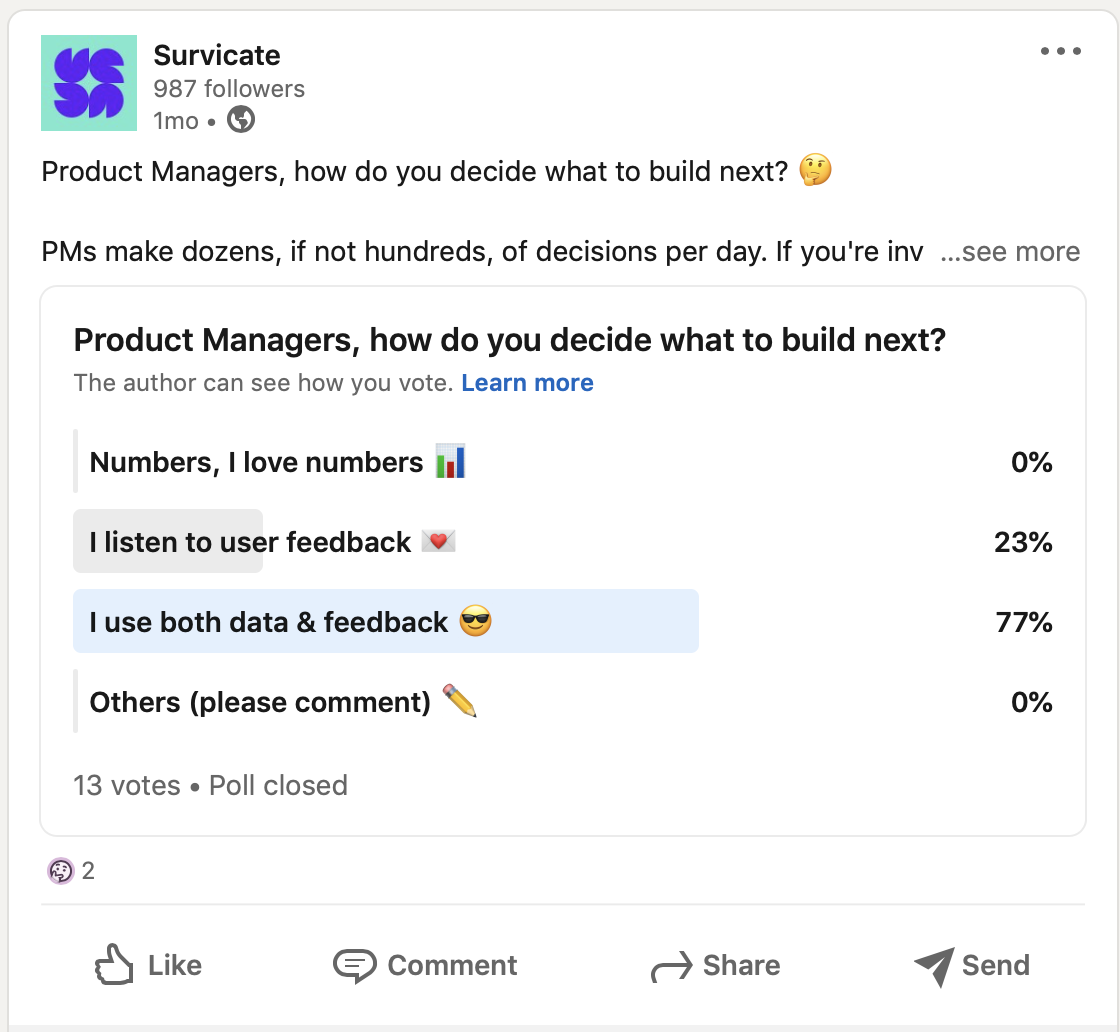
You can create a poll free of charge on platforms like LinkedIn or Twitter. Check out our profile to see some live polls you can contribute to!
Data Collection: How to
To conduct a great survey, you first have to design a great questionnaire. Then, it is time to launch your campaign, gather responses, and analyze them. Let’s go through the steps and lay down some best practices.
Writing a Great Questionnaire
Many factors influence customer satisfaction survey response rates. Still, the most important one is making sure your surveys are straightforward, aren't suggesting any answers, and are very convenient to take.
To make your questions actionable and unbiased, follow the guidelines below.
Ask Only Necessary Questions
Set a clear goal for your survey, and don’t demand information you don't need. The fewer questions you ask, the higher the chance respondents will answer all of them.
Survicate will allow you to analyze all data, even for surveys that weren’t finished all the way, but you won’t get a complete picture.
Don't Overuse Open-Ended Questions
Is collecting descriptive text answers your primary goal? If so, skip to the next point – otherwise, keep reading for your survey response rate's sake.
The open-ended question type is the most time-consuming since it requires in-depth responses. It’s best practice to use a mixture of open and closed-ended questions.
Closed-ended questions are the standard format, while open-ended questions should be asked sparingly.
Another upside of closed-ended questions? Analyzing them is disarmingly simple with a tool like Survicate, whereas deriving insights from descriptive answers takes more time.
While you'll have to come up with a fitting closed-ended list of answers yourself, here's an example:

This is less optimal than providing choices:
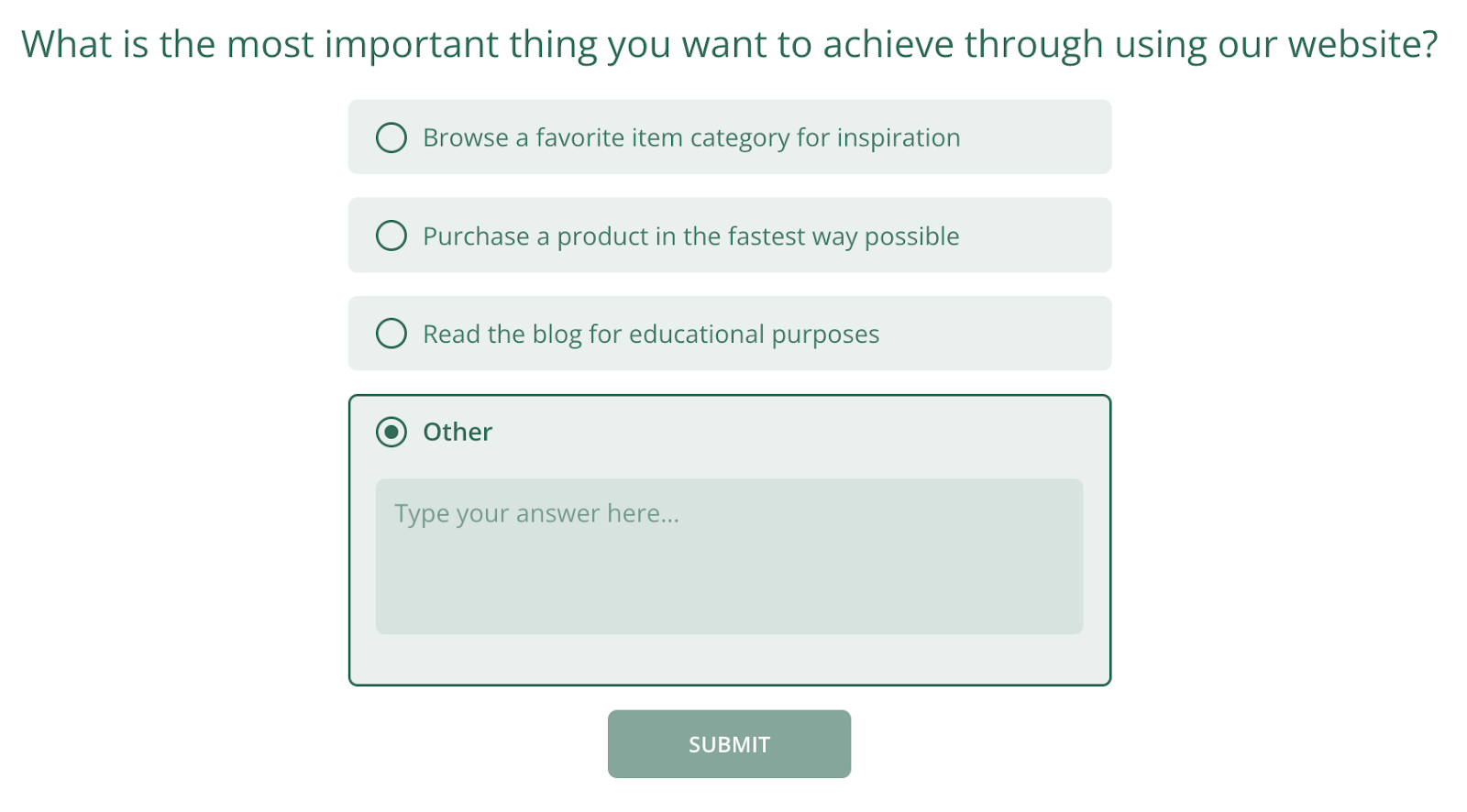
And, as you can see, including an "other" option always leaves room for any off-the-script, open-ended answers your respondents might want to share with you.
Avoid Making Assumptions
When formulating your questionnaire, it’s important to avoid leading questions. This is where your question includes or implies the desired answer. Here is an example:
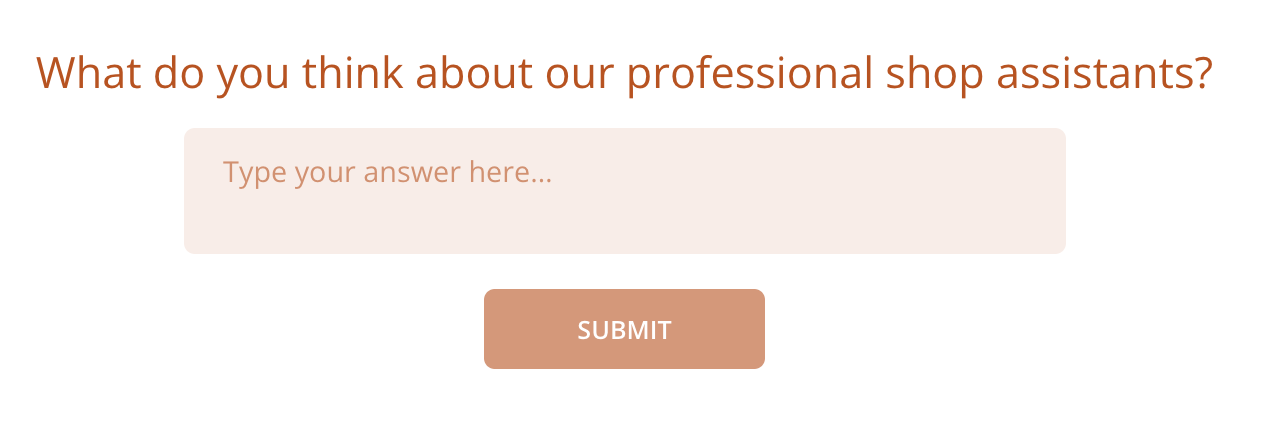
Instead, try:
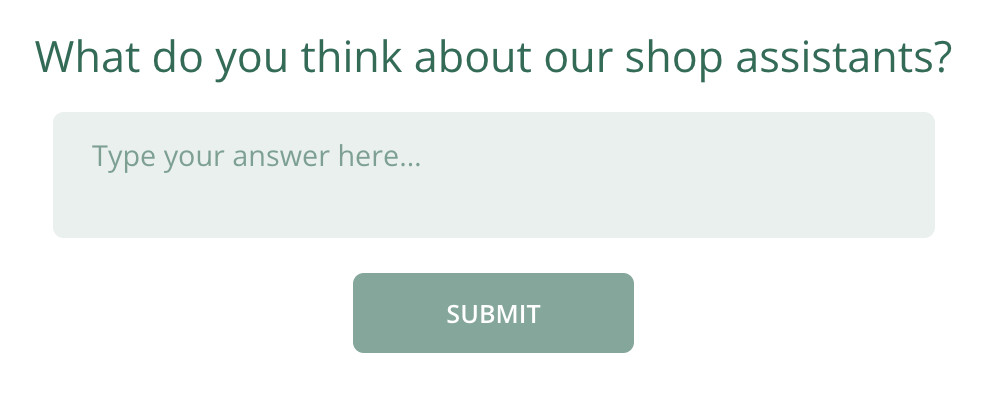
Can you see the difference? In the first instance, the question makes fixed assumptions about the customer’s experience.
In contrast, the second example is phrased in an open, non-leading manner. It doesn’t presume to know what the respondent’s experience was. This will make the respondent feel more empowered and more likely to offer an authentic, engaged response.
Don't Ask Double-Barreled Questions
Similar to the previous example, double-barreled questions may confuse your respondents. In this case, the source of confusion is mentioning two separate things but giving respondents the option to evaluate only one.
Here's an example of a double barreled-question:
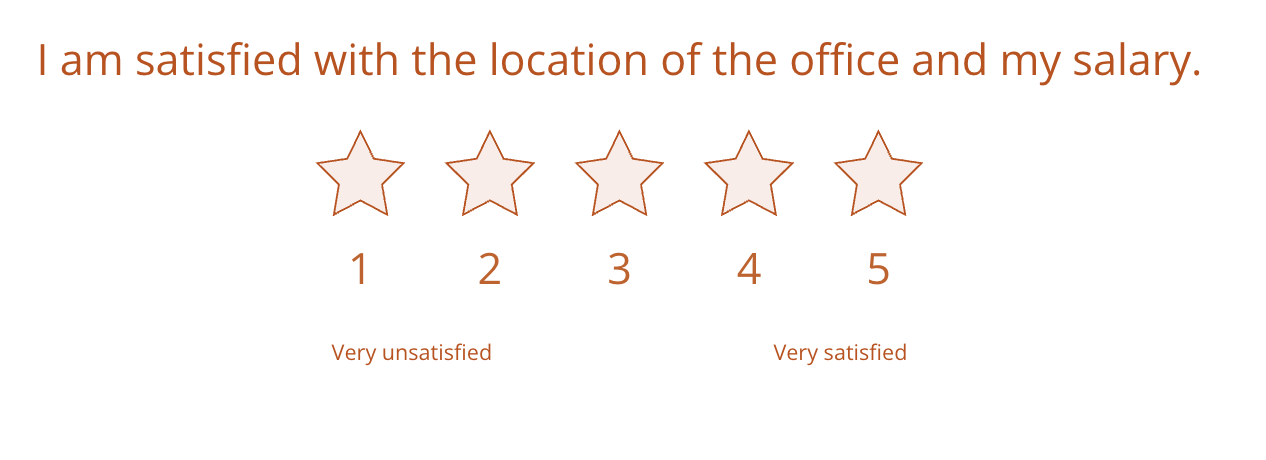
As you can see, unless you have the same feelings towards the two matters, the first question is impossible to answer. It would be better to ask two separate questions:
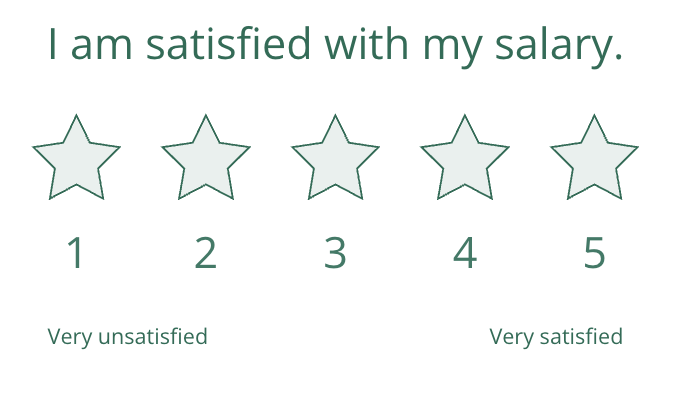
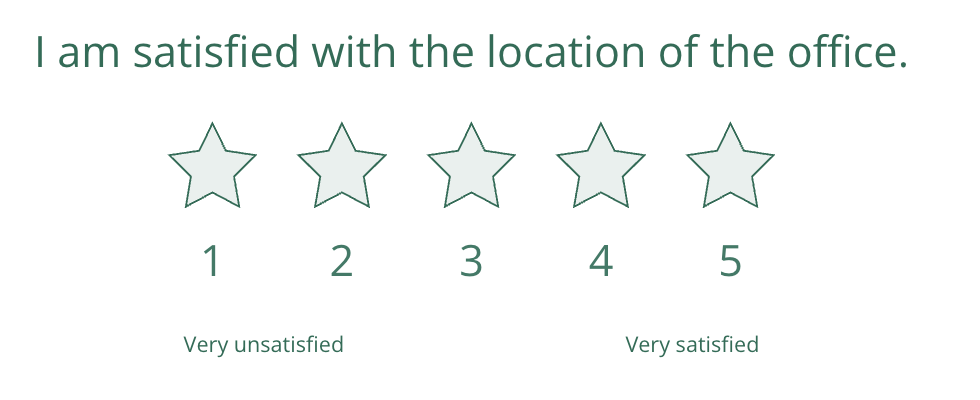
Ask Questions in the Clearest Possible Way
It is always crucial for your questions to be straightforward to answer. It might be difficult for people to determine what they would do in a hypothetical situation. Ask only about real situations that happened to your customers.

It’s better to ask this way:
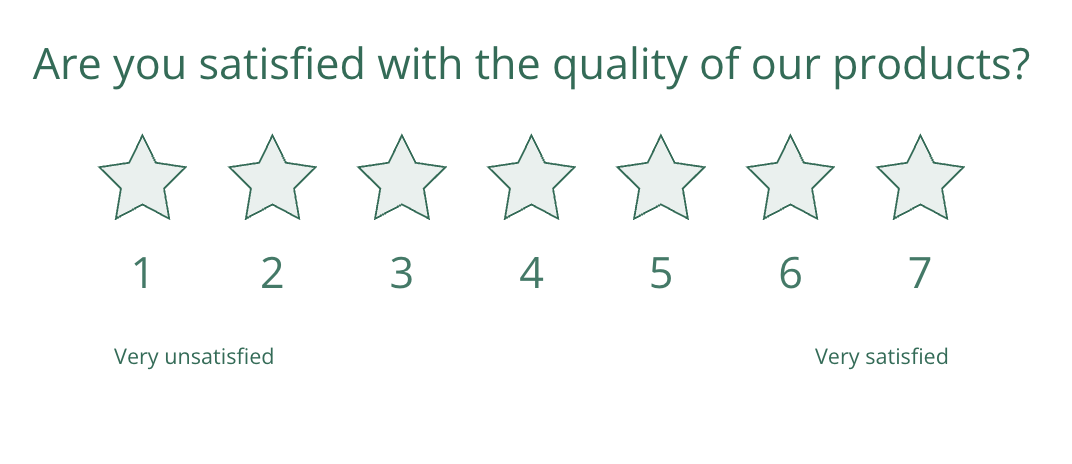
You might even want to use one of our many free survey templates:
The more participants have to struggle to understand your question, the lower their chance of them completing your questionnaire or survey.
Use Rating Scales
It is tempting to ask only yes/no questions like “Is our company customer-friendly?”.
By asking “how” and giving scales to choose from, you can get more information from your respondents. Use the Likert scale or a smiley scale for more segmented data.
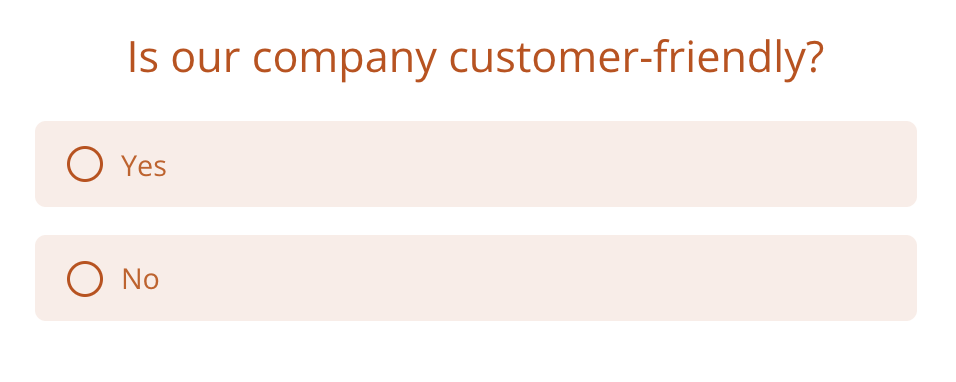
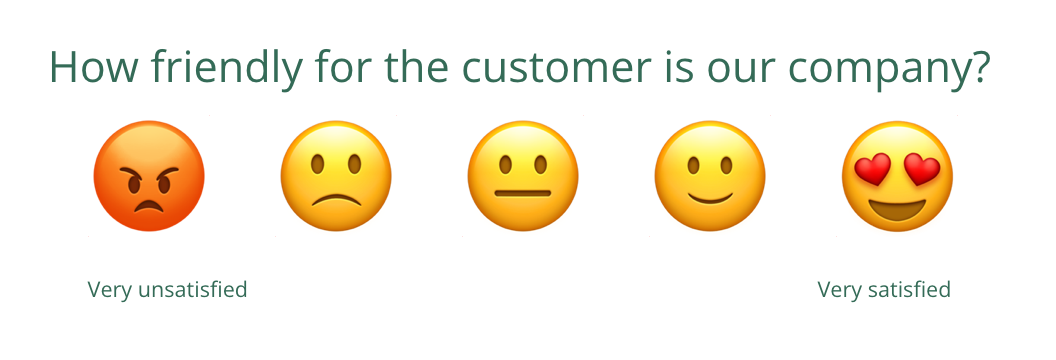
Running a Successful Survey Campaign
Once you have the optimal list of questions, it’s time to start thinking about distributing your survey.
Choose the Right Sample Size
A fundamental question to ask is: should I send my survey to everyone or just a segment of my audience?
While it might be technically possible to reach out to your entire customer base, it’s not always the best practice.
It can be advantageous when you need to know general feedback about a product or service, and it’s essential to get the largest possible number of respondents.
However, segmenting your audience is a powerful aid in working out who your users are. You can break them down by demographic segmentation that tells you about their lifestyle habits, age, gender, disposable income, and other attributes.
What’s more, customer segmentation allows you to create more targeted questionnaires and hone in on particular users.
You can then use market research information to make targeted product development and marketing decisions.
Make Sure your Survey is Mobile-Friendly
Almost everyone has a smartphone nowadays. And, since surveys will likely be completed during moments of spare time, making your surveys accessible across mobile devices is a must.
All Survicate templates are 100% responsive, so use our survey maker to avoid extra hassle.
Integrate your Survey with Automation Tools
Automation tools can help both distribute your survey and collect feedback. Survicate offers dozens of integrations with popular tools like Intercom, Hubspot, Mixpanel, Amplitude, and more.
Those tools can make it easier to analyze data, especially if you receive hundreds of responses. Of course, you can also make use of our reporting tab.
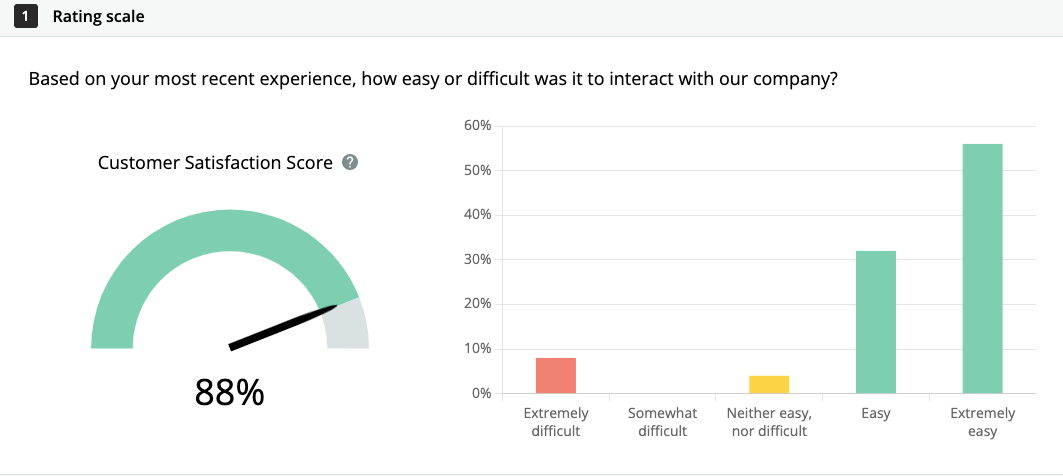
Close the Feedback Loop
The reason for running a survey is to get feedback on your product or service in order to improve it. Don’t let your campaign yield a vanity metric. Make sure the data you get from respondents reaches the teams that can make a difference.
After that, you can think about
- making data public
- using open-ended question answers to publish user testimonials
- sharing the feedback with stakeholders
Poll vs. Survey
So, when do you know if you need to run a questionnaire, survey, or poll? The answer is simple. It depends on whether you have one or more questions and whether you are interested in qualitative feedback.
A poll is a quick-fire survey with no follow-up questions. So if you just want quantitative, statistical data from as large a number of respondents as possible, create an online poll.
If, however, you want to collect feedback on how much your customers enjoy your products or services (and why), a survey will be the better choice. You’ll have to create your questionnaire first, of course.
Despite our focus on surveys and detailed response analysis, you can use Survicate when creating a poll. Simply design a one-question survey or use one of our micro survey templates and run it to get an instant flow of responses.
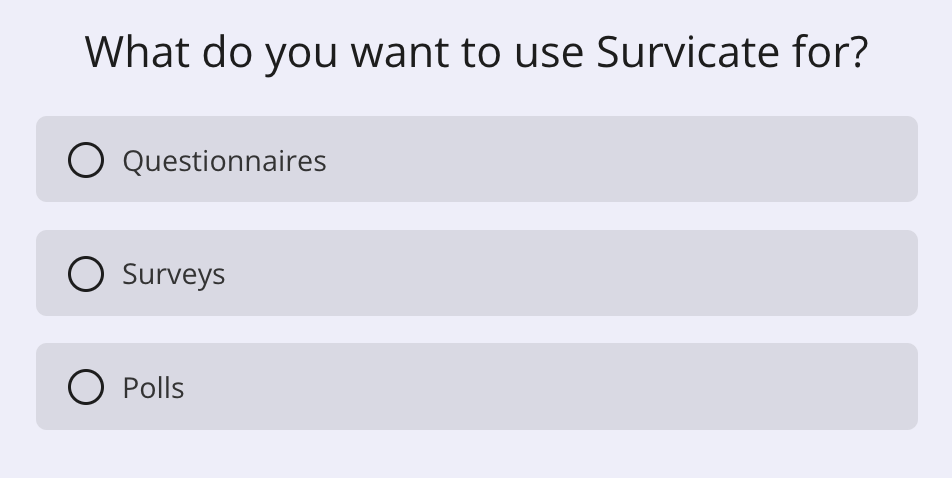
Such microsurveys work great as pop-ups on your website or in your app.
Use a Powerful Survey Tool for Best Results
Nowadays, there are many ways to collect data from your audience. Any modern research project should start with online surveys. Gone are the days of pen and paper and questionnaires sent through the post!
Some of the more popular options include direct email, your website, or an app. You can even send surveys and questionnaires as a link to your social media followers.
If you keep in mind the above advice when designing your survey or questionnaire, you’ll avoid any pitfalls and get the most bang for your buck.
But even so, when it comes to gathering feedback and information about your product or service, it’s essential to choose the best survey tool for the job.
Survicate is the leading expert in the survey and questionnaire design and implementation. We have the experience and the software to help make feedback gathering a breeze. The best way to learn about Survicate is to try it out. Set up your free account now!

.webp)






.svg)
.svg)
.svg)

.svg)


.svg)







.svg)




.svg)

















.svg)






























.svg)

.svg)
.svg)

.svg)



.svg)




.png)

.svg)

.svg)

.jpg)
